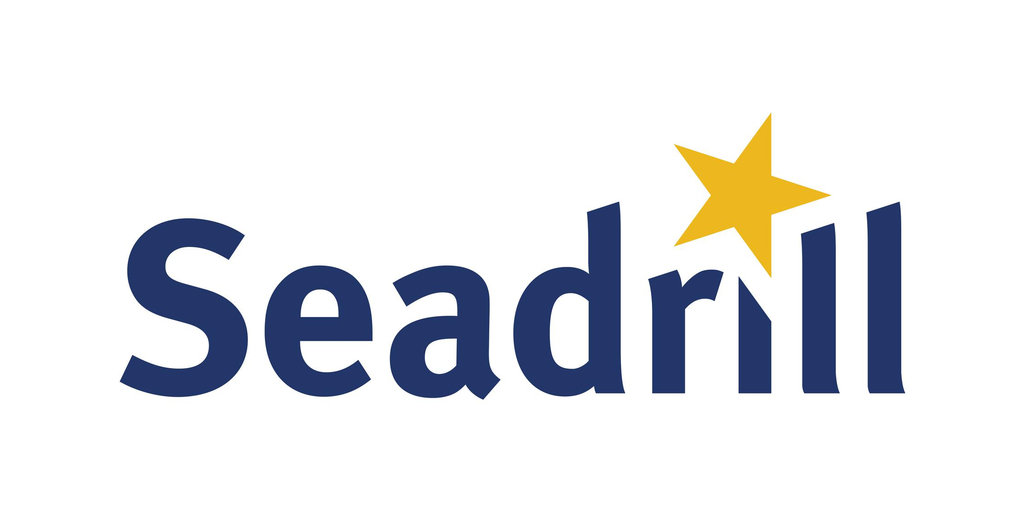
For decades, natural gas has been touted as a safer climate alternative to fossil fuels such as coal. Even the word “natural” suggests its alignment with sustainability goals — a misnomer that has, until recently, largely flown under the radar of public scrutiny. But factoring in methane releases from unintentional leaks and intentional venting throughout the natural gas supply chain quickly calls those climate safe credentials into question.
Proponents of natural gas often cite that it emits 50 percent less of the climate pollutant carbon dioxide (CO2) than coal, based on its end-use combustion alone. That CO2 calculation gives rise to the Environmental Protection Agency’s (EPA) 2021 report that US greenhouse gas (GHG) emissions “continued downward largely due to the growing use of natural gas and renewables to generate electricity in place of more carbon-intensive fuels.”
The Reality
Natural gas and coal have significant life-cycle emissions of CO2 and other climate pollutants like methane throughout their supply chains from extraction to end use. Many coal-to-natural gas comparisons consider only end-use combustion, factoring in emissions from a power plant or home furnace. This leaves out total GHG life-cycle emissions created by extracting, shipping, and processing natural gas and coal. In reality, methane leakages drive emissions parity between gas and coal, especially through the gas supply chain.
Why methane is low-hanging fruit
Methane comprises roughly 70 to 90 percent of gas. So, when natural gas leaks, mostly methane is released. As a climate pollutant, methane is over 80-times more potent than CO2 across a 20-year period.
While CO2 has dominated mainstream conversations about climate change and emissions reduction strategies, tackling methane can deliver bigger reductions, at lower costs, sooner. Compared to the more complex global strategies to slash CO2 emissions for a safer climate future, cutting methane is low-hanging fruit. To put that opportunity in perspective, minimizing US methane leakage would be equivalent to taking all US cars off the road for a year.
New RMI analysis has definitively calculated gas’s global life-cycle emissions (from extraction all the way to end use) and compared those to coal’s global life-cycle emissions. This analysis gives users the tools to meaningfully compare coal-gas emissions based on quantitative data rather than qualitative assumptions. The article published in the scientific journal Environmental Research Letters concludes that leaky gas is as damaging to the climate as coal. We confirm past studies that compare gas to coal combustion and find that two percent methane release puts gas’s climate risk on par with coal. However, when considering the net emissions from all natural gas and coal greenhouse gases (including CO2, methane, and sulfur dioxide), the climate risk for natural gas and coal is on par at just 0.2 percent methane leakage.
Gas leakage has been documented widely by the media over the past couple of years. Ongoing aerial surveys and a growing constellation of satellites are finding that methane leaks are far more frequent and intense than previously assumed. Massive methane plumes make it clear that production equipment alone can persistently leak beyond that 0.2 percent threshold. And the 0.2 percent leakage rate considered by industry and EPA is not low enough. Tighter methane detection and reporting will be imperative to protect the climate.
Where methane shows up in the gas supply chain
Emissions of methane from the gas supply chain fall into two main categories: unintentional and intentional releases.
Unintentional releases of methane into the atmosphere come from the malfunctioning of gas field equipment like well pads, valves, and compressor stations. Catastrophic failures, like well blowouts can pump hundreds of tons of methane into the atmosphere for weeks or months. The same goes for gas pipelines. The September 2022 Nord Stream pipeline explosion released over a half million tons of the climate pollutant over the course of a week, making front page news. But many methane releases go unnoticed unless a methane-detecting satellite or sensor happens to make them visible.
Intentional releases are predominantly linked to venting and flaring. Flaring is the term used for burning off unwanted gas in the oil and gas system. Incomplete combustion of that gas leads to its release into the atmosphere as methane. Recent studies have shown that unlit or inefficient flares are releasing five times more methane than previously thought.
Stopping methane at the source: it’s cheap and easy
The latest data update from RMI’s Oil Climate Index plus Gas webtool (OCI+) assessing a majority of global gas and oil assets from 2015 to 2022 reveals that methane drives one-half of oil and gas industry GHG emissions. Fortunately, strategic interventions to cut methane emissions in the natural gas supply chain are relatively simple and cost effective compared to the complexity and expense of decarbonizing the global economy. Prohibiting venting and routine flaring and incorporating routine equipment fixes and upgrades into maintenance plans can significantly cut methane emissions from production sites.
Emissions transparency throughout oil and natural gas supply chains can help policymakers and industry leaders act on specific interventions and emissions reduction solutions to stop methane leakage and wasted gas. Industry action could also boost profits by earning premium pricing for low-emissions natural gas and avoiding regulatory fines like the Inflation Reduction Act’s Methane Fee.
Natural gas produced and delivered for consumer end use with zero leakage has 30 percent fewer greenhouse gas emissions than coal. As long as this fossil fuel remains in the global energy mix, it is essential that industry leadership combined with strong policy, financial incentives, and technology innovation are urgently applied to cut methane across the natural gas supply chain. In this decisive decade, where a 50 percent cut in greenhouse gas emissions is needed across the global economy to remain on track for a safer climate future, methane cuts are an immediately actionable step to prevent waste and avoid catastrophe.
By Deborah Gordon, Shannon Hughes
© Rocky Mountain Institute. Published with permission. Originally posted on RMI.
I don’t like paywalls. You don’t like paywalls. Who likes paywalls? Here at CleanTechnica, we implemented a limited paywall for a while, but it always felt wrong — and it was always tough to decide what we should put behind there. In theory, your most exclusive and best content goes behind a paywall. But then fewer people read it! We just don’t like paywalls, and so we’ve decided to ditch ours. Unfortunately, the media business is still a tough, cut-throat business with tiny margins. It’s a never-ending Olympic challenge to stay above water or even perhaps — gasp — grow. So …
Sign up for daily news updates from CleanTechnica on email. Or follow us on Google News!
Have a tip for CleanTechnica, want to advertise, or want to suggest a guest for our CleanTech Talk podcast? Contact us here.
Former Tesla Battery Expert Leading Lyten Into New Lithium-Sulfur Battery Era:
CleanTechnica uses affiliate links. See our policy here.




